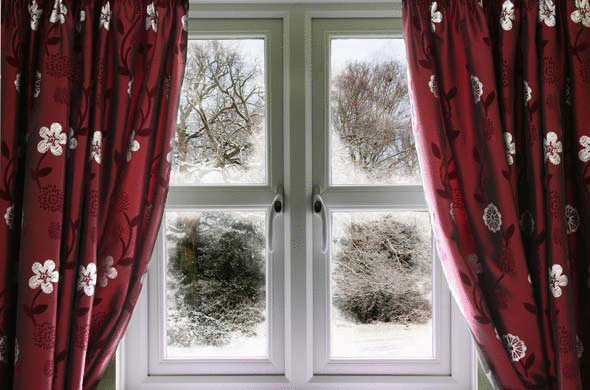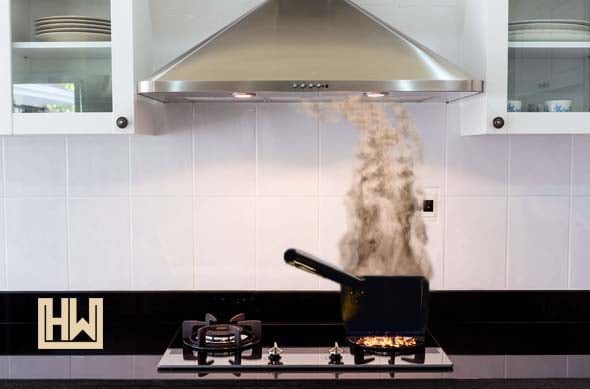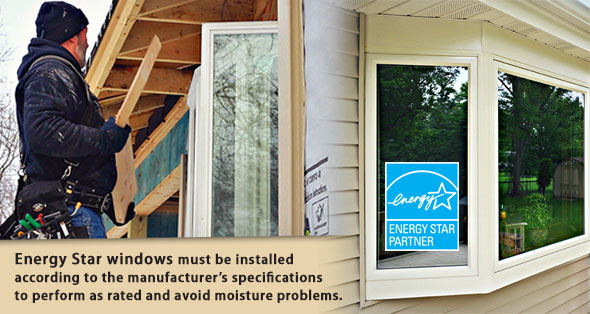Window Condensation Warnings & Resistance
by Hoffman Weber Construction, on November 18, 2020
Our windows tell us a lot about homes. During the heating season, the message often is about excess moisture and air leaks.
Warm, moist indoors-air cools and condenses on the colder glass. The problem tends to be worst on the side of the house that gets the least direct sunlight and on windows where heavy curtains or blinds block air circulation along the glass.

A little condensation seldom causes serious problems: the moisture simply evaporates into the air as sun warms the glass. However, heavy condensation that lingers or rustling window treatments merit concern and correction.
The Simplest Window Condensation Remedy
The easiest way to correct minor condensation is to make sure window sashes are latched shut and to open window treatments to improve air circulation and warm the glass. The next step is to reduce or exhaust the moisture sources.
We all put moisture into the air as we breathe. We can’t hold our breath all winter long. But we can take shorter showers, cover pots when cooking, and use dishwashers and washing machines when full. Even more important, run exhaust fans to prevent excess humidity during these activities.

It also is important to make sure your windows are properly insulated and seal well, not just to guard against cold drafts and conserve energy but to prevent hidden moisture damage and mold.
What Can You Learn From Certified Moisture Testing Insights?
Alan Powell, the president of Certified Moisture Testing makes his living probing walls for moisture with electronic testing devices.
Sometimes moisture infiltrates through improper flashing, leaky roofs, or inadequate ventilation. However, he says window sashes that don’t seal tightly also cause problems.
As warm indoor air escapes and cools, ice forms between the frame and the sash. When it melts the ice dam can drain into the wall cavity from where the sills meet the jambs or where the cladding transitions to wood.
Once inside the wall cavity, the trapped moisture can lead to mold, wood rot and attract carpenter ants, Alan warned. So what's the best way homeowners can prevent all of this?
"I encourage homebuyers to look for water stains along window jambs and to have a professional check for hidden moisture damage," Powell says.
Replacement Window Solutions
If your windows are single-pane, leaky or rotted, Hoffman Weber offers a variety of premium vinyl, fiberglass and wood clad replacement windows from major brands like Andersen, Lindsay, and Marvin.

Many of these windows meet or exceed stringent ENERGY STAR requirements (2020), offering the best performance. High-efficiency windows use double- or triple-pane insulated glazing units (IGUs) to create a gas-filled buffer space that keeps the inner glass warmer.
A window’s U Factor is a measurement of its heat transfer rate from .25 to 1.25. The lower the number the better the window insulates against the cold. Some windows also are rated for condensation resistance (CR) on a scale of 0 to 100 with the higher number meaning less likelihood of condensation. When choosing windows, compare the U and CR ratings.
Read: What Types of Windows are Right For You?
Replacing faulty windows now only will save energy and improve comfort. It also will make it easier to sell your home and increase your home’s value. Contact Hoffman Weber today to evaluate your windows and obtain a zero-pressure estimate for high-efficiency replacement windows.






